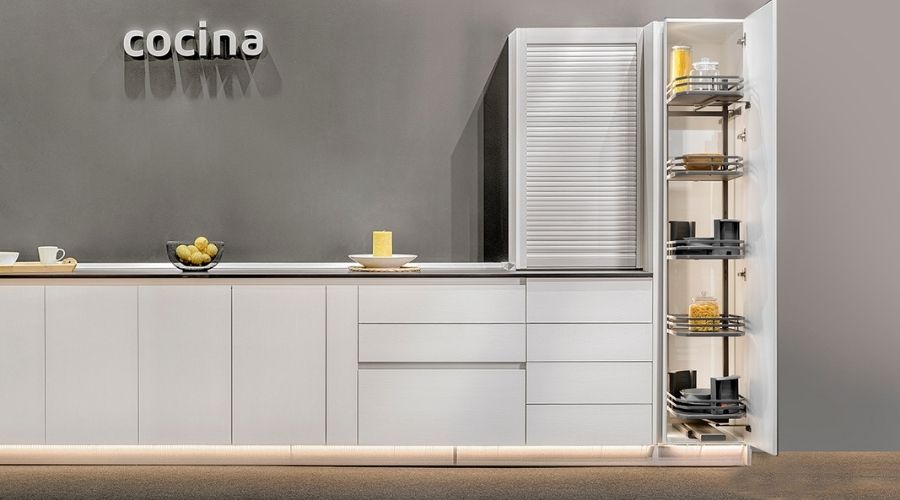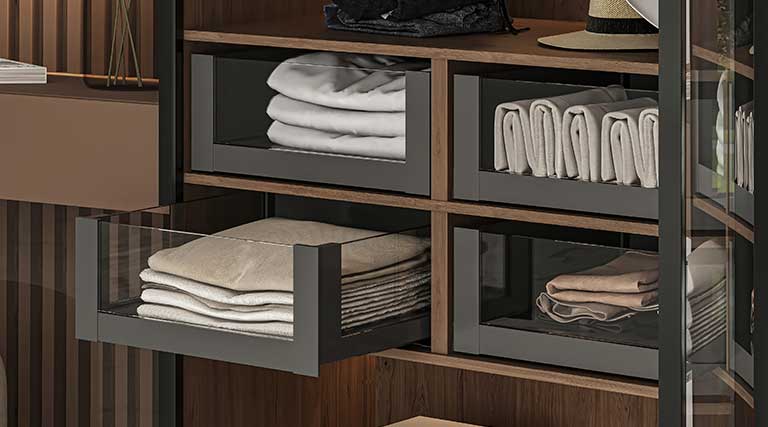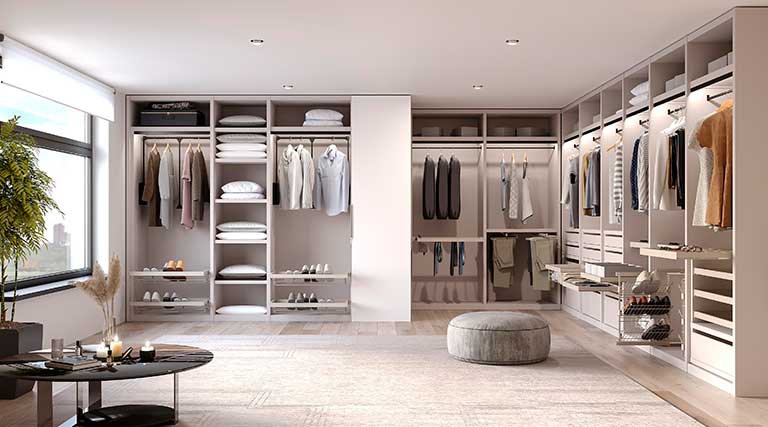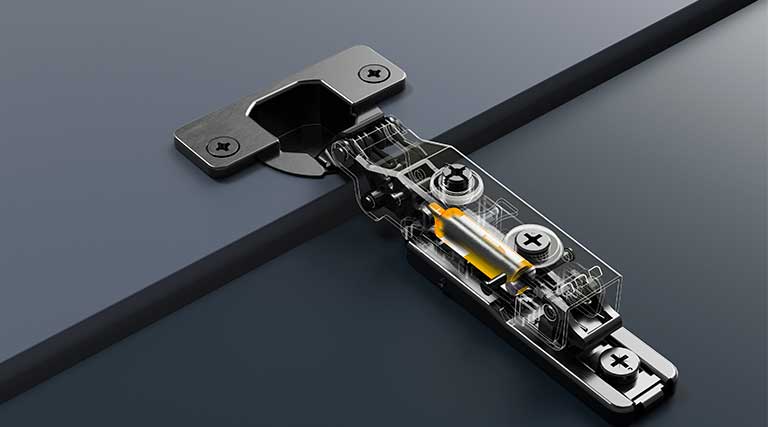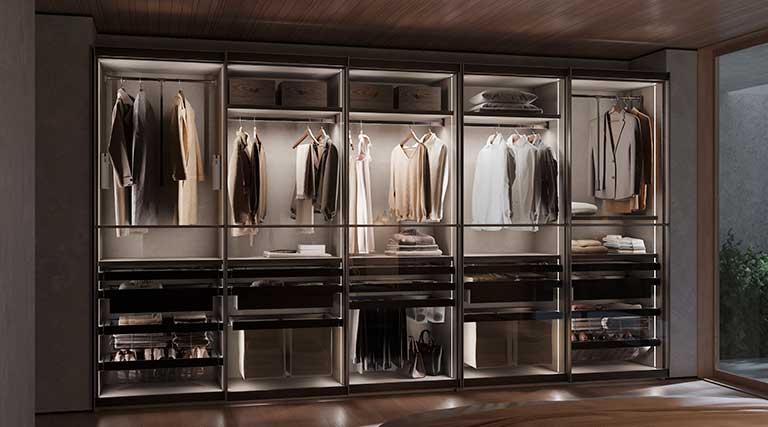Achieve a dream kitchen that overflows comfort and efficiency, in addition to correctly selecting furniture, appliances and equipment to prepare food. It also depends on the small details, especially those located at your feet; Choosing the right kitchen plinth certainly makes a difference.
These pieces represent one of the essential elements of one of the most significant spaces in your home. They cover imperfections and perimeter joints, hide legs, add aesthetic value and protect partitions and furniture from the elements related to the use of that space.
Now, are they all the same? How can I choose the best ones? At Emuca we please your curiosity; Keep reading and in a short time you will know which ones are best for you, in a simple way.
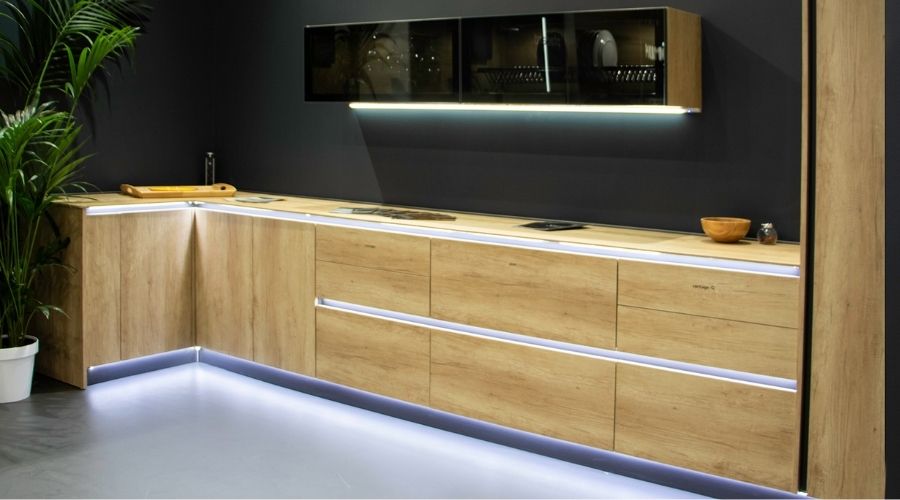
What factors to consider when choosing the kitchen plinth?
As you have read before, skirting boards offer considerable aesthetic and functional characteristics. While acquiring these parts from well-known manufacturers generally guarantees a safe choice, it is best to examine the specifications of the product and confirm that it is of quality and has the elements you are looking for. Among the key factors when choosing the kitchen plinth are the materials used for its manufacture, installation methods, durability and other added safety factors:Manufacturing materials:
The type of kitchen plinth material greatly influences how resistant it is to moisture, detergents and impacts, which mounting methods or post-treatments it allows, as well as its aesthetic qualities. While a wide variety of raw materials are used today to make these parts, some are more popular than others. Next, you will see the most common ones.- Natural wood: the classic solid wood skirting boards in a rustic style appreciated by many. Its application has been detrimental because of other more advantageous alternatives.
- Wood boards: among wood derivatives such as chipboards, plywood and MDF, the latter is the most used. Lower cost and easier to install than natural wood.
- Aluminum: This metallic material is currently a widely used option due to its hardness and distinctive surface, attractive and desired for modern kitchens.
- Polymers: plastics such as PVC have become an ideal solution, since they allow inexpensive baseboards, with a clean finish, very manageable, durable and resistant to moisture, insects and fungi.
- Ceramic: accessible and overcrowded, a frequent choice thanks to its particular finish and its balance with tile floors.
- Combined: there are models on the market that combine two or more materials to offer a superior product, with the best of each.
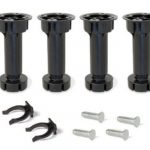
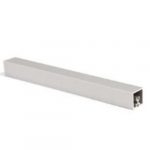
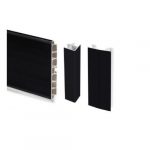
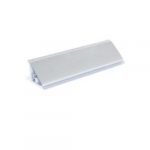
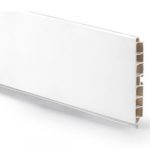
Placement and assembly:
As for the most widespread installation methods, you will find three fundamental ones; available according to the characteristics of the plinth, such as its size, weight and materials.- Glued: a simple fastening system for permanent or semi skirting boards; It includes the use of polyurethane foam, silicone, plastic contact adhesives, adhesive tapes, mortars and special mixtures, among others.
- Accessories: clips, hooks, notches built into the socket and brackets are part of this fixing method; Ideal for when looking for an option that makes replacement or disassembly easier.
- Nails and Screws – A traditional way to anchor a kitchen skirting board to the wall, which is currently restricted to a few situations.

